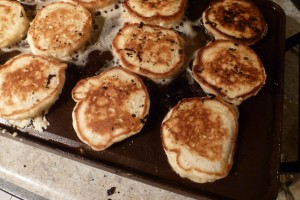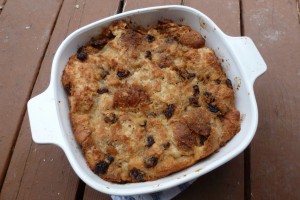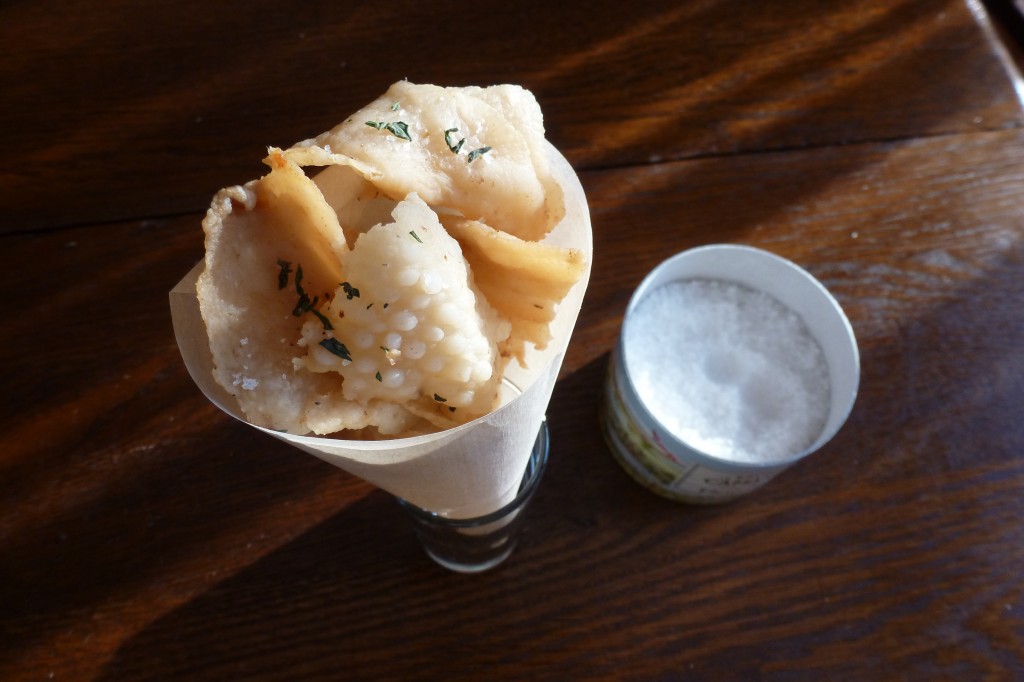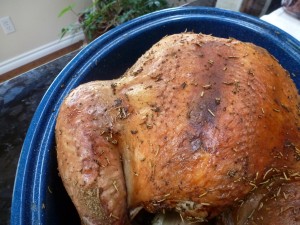 Last night was Pancake Tuesday, the appropriately subdued Canadian version of Mardi Gras, or Fat Tuesday.
Last night was Pancake Tuesday, the appropriately subdued Canadian version of Mardi Gras, or Fat Tuesday.
I want to tell you about my pancakes.
The Recipe
Pancake styles occupy one point on a continuum between slack batters and stiff batters. Slack, or high-liquid, batters make thin, soft, limp pancakes the size of dinner plates. Stiff, or low-liquid, batters, yield thicker, cakey pancakes the size of tea saucers or smaller. For home-cooking I favour the stiff variety, making a batter that is barely, barely pourable. The resulting cakes are more dense, but still soft and moist. They develop a delicate, crisp exterior during frying, something that the slack batters can’t do because of their high liquid content.
In the … Continue reading.



